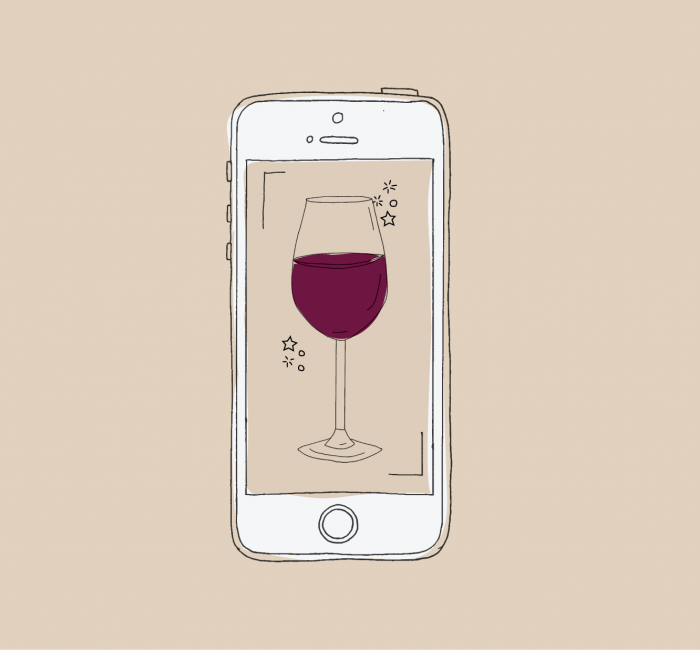Hey Wineries: Make Fans, Not Just Customers
You probably already have a few dream customers. They buy every new release, they show up to every event, and they gush about your winery every chance they get. These fanatics help sustain and grow a business. How do we make more?
Copied to clipboard

True fans are the best. The problem is, most wineries don’t have enough — and they’re unsure how to reliably create new ones. Even a dive bar cover band will stumble on a few groupies, but in order to fill a stadium (or even an exclusive, intimate club), you need to actively and purposefully cultivate new fans.
To do that, it helps to map out the pathway people take to fandom. We use the rubric “Traffic, Tasters, Fans” to help us categorize both present and potential customers. To create new fans, we must meet people at each stage along the way and help them move to the next. Let’s have a look at each:
Traffic
When we talk about traffic, we are talking about people who haven’t yet experienced your product. Converting them to tasters involves not just making them aware of you, but also clearing their path of obstacles. Making sure someone viewing your site on their phone can quickly find your tasting room info, making sure your site is properly indexed in search engines, and making sure your bottles stand out on the shelf are some of the basic considerations that can help transform traffic into tasters. Much of what we think of as “marketing” falls under this category, largely because that’s the aim of many marketing efforts: getting people through the door.

Taster
A taster is someone who is having an experience with your product. It could be happening in your tasting room, at a restaurant, or in their home with friends. This is when all your hard work is paired with their preexisting impressions. We know that perception has a huge influence on taste (see Thing 1), so providing a positive expectation for this moment is critical to help shape that experience. Here is where traditional marketing approaches (e.g., price discounts) can fall flat, because while they may convert traffic into tasters, they don’t create the emotional conditions for a taster to become a fan. If, on the other hand, the taster is primed to experience your product in a positive and memorable way, they are much more likely to become a fan.
Critically, while fans are your most secure customers, they still need to hear your brand’s continued story, and they need to know how much you appreciate them.
Fans
Fans are repeat customers who know what makes your wine special and tell that story to themselves and to others. They tell it on social media, in reviews, and in person, and this in turn creates new traffic — people excited to become tasters, and possibly fans themselves. Critically, while fans are your most secure customers, they still need to hear your brand’s continued story, and they need to know how much you appreciate them.
Using this rubric helps us focus on long-term relationships with customers, not just short-term ones. Everybody knows they need to convert people from traffic to tasters, but often wineries stop there and expect that the flavor of their wine alone will make them fans. Simple things like having an active and interesting mailing list or customizing website experiences for returning customers can help cultivate that relationship. It’s all well and good to get people in the door, but we need to be intentional about giving them reasons to return.
Some Questions
- What percentage of my customers are fans?
- What am I doing to create more tasters?
- What story and experience am I providing to help make taster into fans?
- How do I consistently show my fans genuine appreciation?

